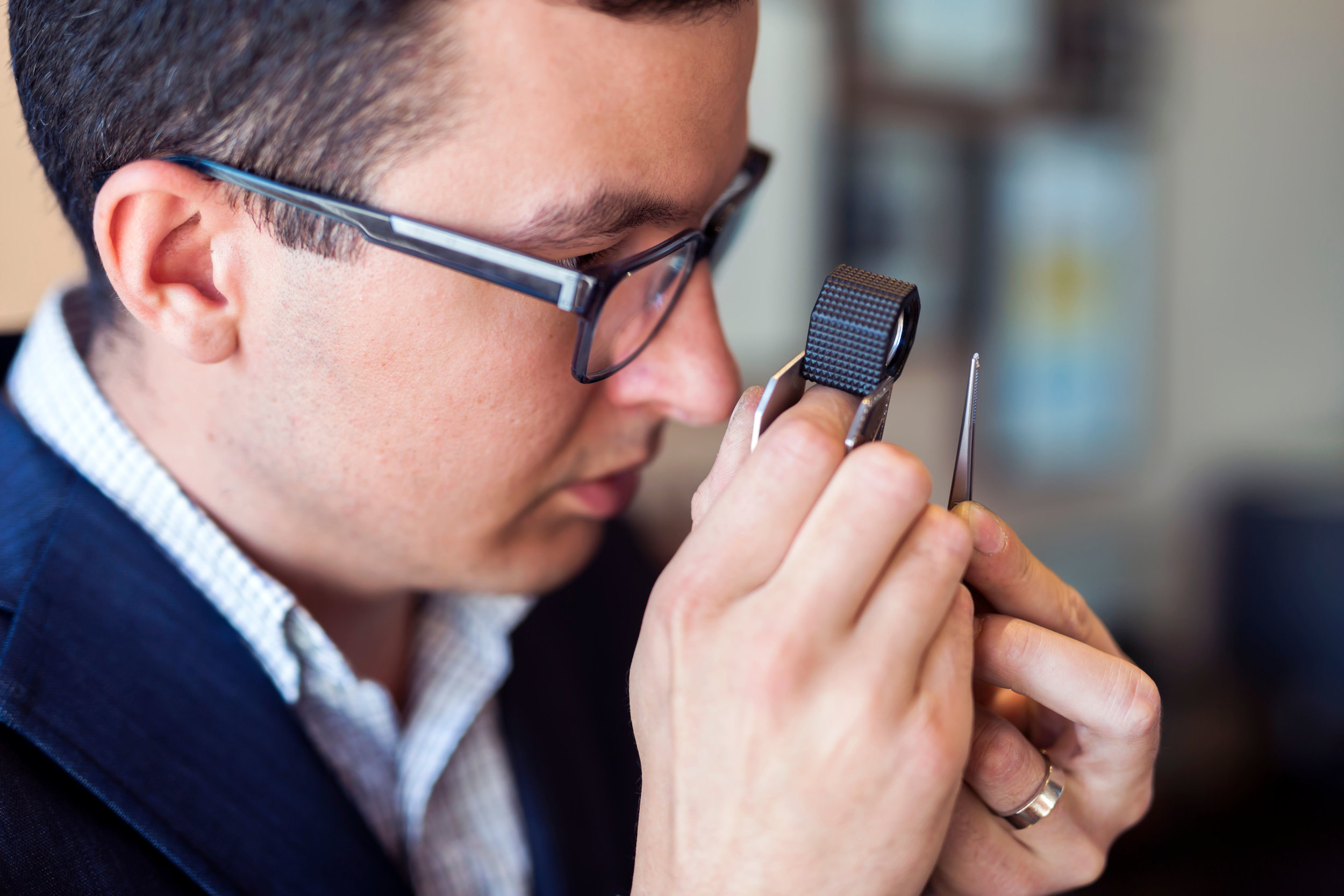Lab Grown Diamonds 4Cs have rapidly become a popular choice in the world of fine jewelry, offering consumers an ethical, sustainable, and equally exquisite alternative to mined diamonds. When it comes to selecting the perfect lab grown diamond, understanding the 4Cs – cut, clarity, color, and carat weight – is paramount. In this comprehensive guide, we’ll explore each of the 4Cs of lab grown diamonds, equipping you with the knowledge to make an informed decision and find the perfect gemstone that reflects your style, preferences, and budget.
Table of Contents
Cut: Crafting Brilliance and Precision
The cut of a lab grown diamond plays a pivotal role in determining its brilliance, fire, and overall visual appeal. The cut refers to the proportions, symmetry, and polish of the diamond, which directly influence its ability to reflect and refract light. A well-cut lab grown diamond will exhibit maximum sparkle and brilliance, captivating the eye with its scintillating beauty. When selecting a lab grown diamond, prioritize cut quality to ensure you receive a gemstone that dazzles with unparalleled radiance and precision.
Clarity: Revealing Inner Perfection
Clarity is another crucial aspect of Lab Grown Diamonds 4Cs, referring to the presence of internal and external imperfections within the stone. These imperfections, known as inclusions and blemishes, can affect the diamond’s transparency and overall visual clarity. The clarity grade of a lab grown diamond ranges from Flawless (no inclusions or blemishes visible under 10x magnification) to Included (inclusions and blemishes visible to the naked eye). When evaluating clarity, consider your preferences and budget, striking a balance between clarity and other factors to find a diamond that showcases its inner perfection.
Color: Reflecting Radiance and Elegance
Color is an essential consideration when selecting a lab grown diamond, as it can significantly impact the stone’s overall appearance and aesthetic appeal. Unlike mined diamonds, which may exhibit a range of colors due to natural impurities, lab grown diamonds are typically more consistent in color. The Gemological Institute of America (GIA) grades diamond color on a scale from D (colorless) to Z (light yellow or brown), with variations becoming more apparent as you move down the scale. When choosing a lab grown diamond, consider your desired aesthetic and the setting in which the diamond will be placed, selecting a color grade that complements your style and enhances the stone’s brilliance and elegance.
Carat Weight: Sizing Up Brilliance and Impact
Carat weight is perhaps the most well-known aspect of lab grown diamonds, referring to the measure of the diamond’s weight rather than its size. While carat weight is often associated with size, it also influences a diamond’s value and rarity. Larger diamonds are rarer and typically command higher prices per carat than smaller stones. When selecting a lab grown diamond, consider the desired impact and presence of the stone, balancing carat weight with other factors such as cut, clarity, and color to achieve the perfect balance of brilliance and value.
Conclusion
In conclusion, understanding the Lab Grown Diamonds 4Cs is essential for selecting the perfect gemstone that reflects your style, preferences, and budget. By considering the cut, clarity, color, and carat weight of a lab grown diamond, you can ensure that you receive a stunning gemstone that radiates with unparalleled brilliance and elegance. Whether you’re searching for an engagement ring, anniversary gift, or personal indulgence, the 4Cs provide a comprehensive framework for making an informed decision and finding the perfect lab grown diamond to cherish for a lifetime.

